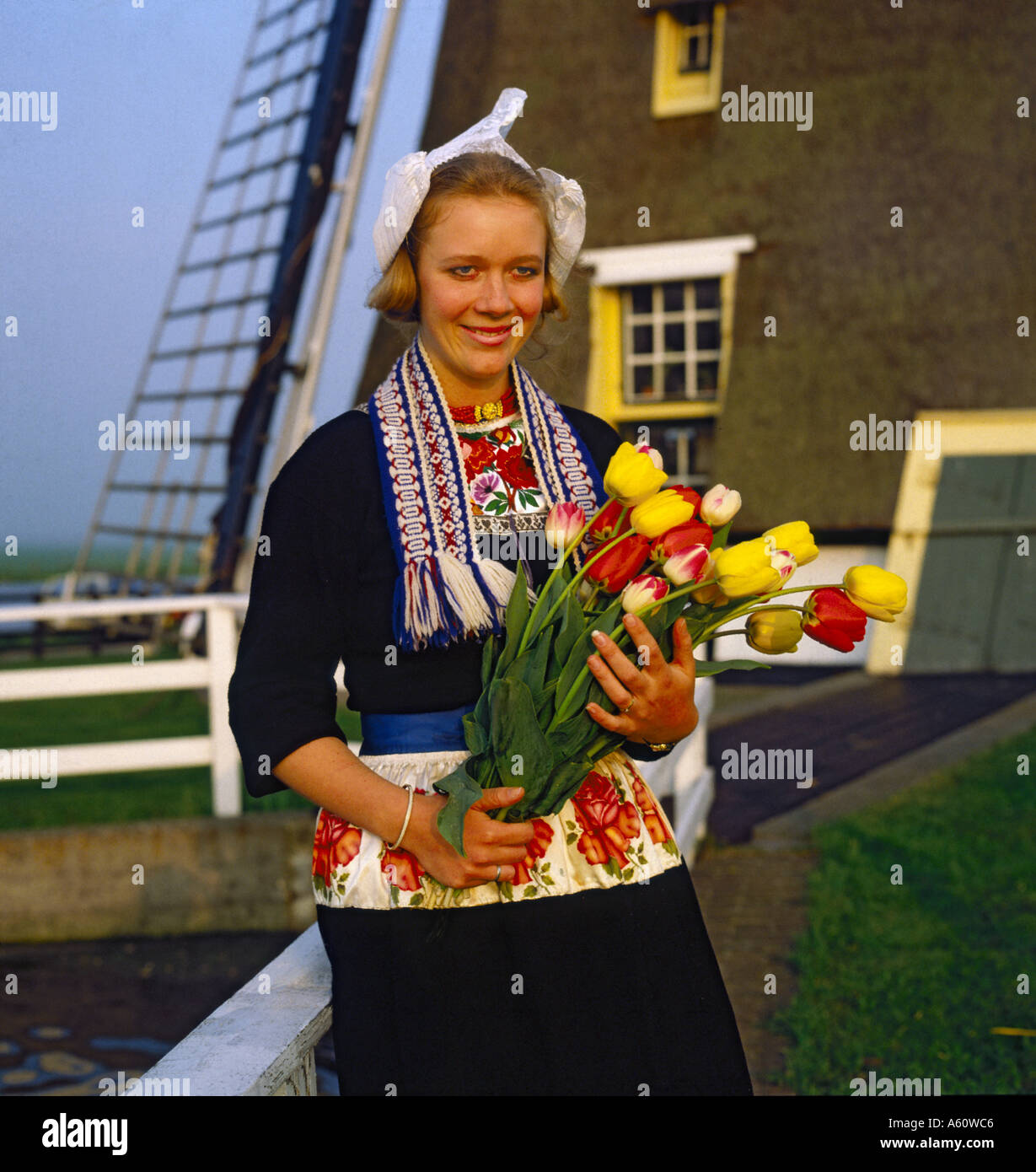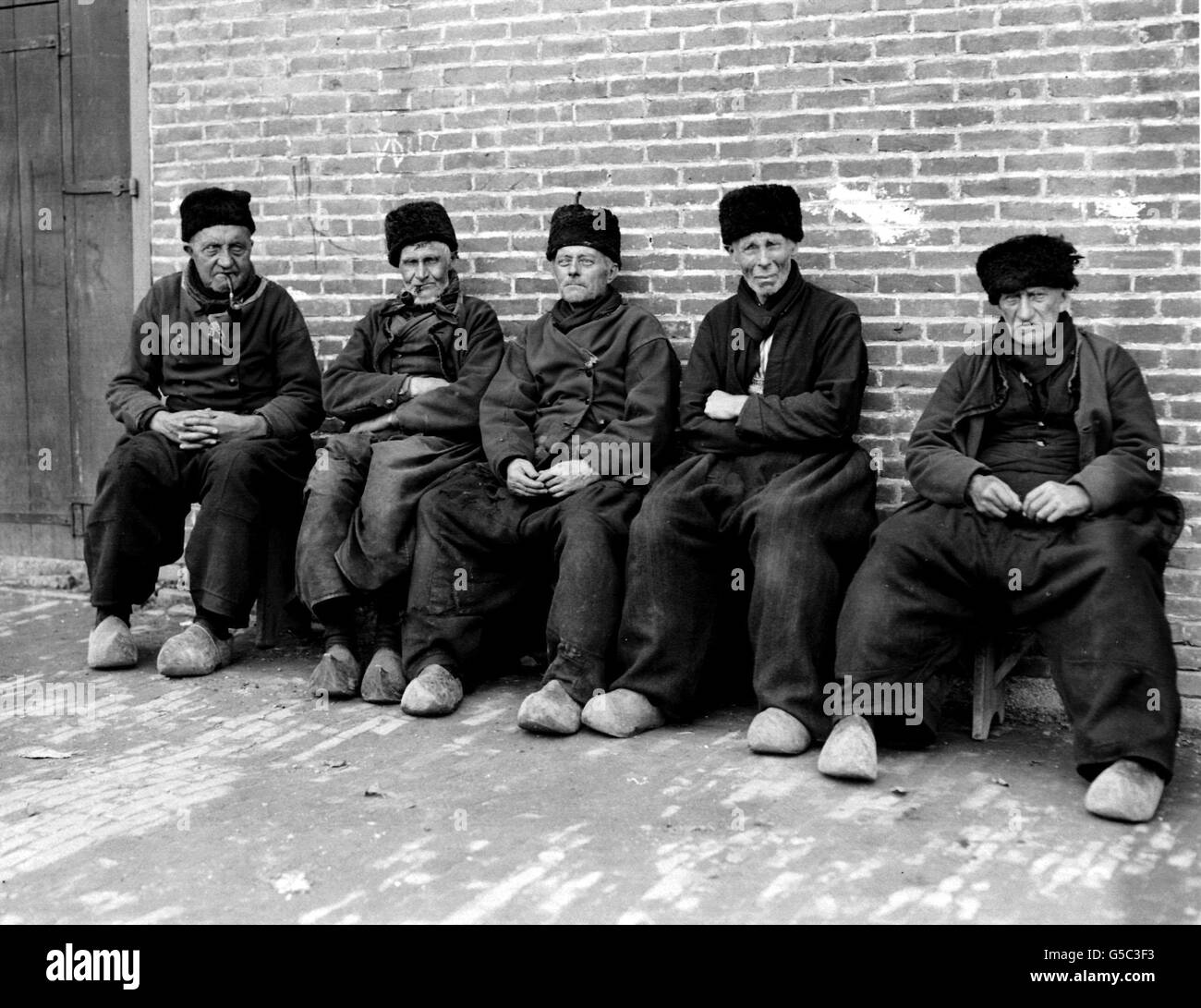Why Traditional Dutch Attire Still Captures Hearts Around The Globe
When you think about traditional Dutch attire, it's easy to picture those iconic outfits with wooden clogs, lace caps, and vibrant colors. But what makes this cultural treasure so fascinating? Well, my friend, let me tell ya, there's more to these garments than just a pretty picture. Traditional Dutch attire is not just about fashion—it's a reflection of history, identity, and community spirit. And trust me, once you dive into this topic, you'll see why it's still celebrated today.
Picture yourself walking through the picturesque streets of Amsterdam or exploring the charming villages of the Netherlands. You'll notice that the traditional Dutch outfit isn't just a costume; it's a symbol of pride. From the intricate designs to the materials used, every detail tells a story. This isn't just about clothing; it's about connecting with the past and honoring the traditions of the Dutch people.
Now, you might be wondering why traditional Dutch attire still matters in today's world. With globalization and modern fashion trends dominating the scene, how does this centuries-old tradition continue to thrive? Well, buckle up because we're about to explore the fascinating world of Dutch traditional wear, uncovering its secrets and significance. Let's get started!
Understanding the Roots of Traditional Dutch Attire
Traditional Dutch attire didn't just appear out of nowhere. It has deep historical roots that go way back. In the old days, the Netherlands was made up of different provinces, each with its own unique customs and styles. This diversity is what makes Dutch traditional wear so special. Every region had its own twist on the classic look, influenced by factors like geography, climate, and social status.
Regional Variations: A Closer Look
Let's zoom in on some of the regional variations. In the province of Friesland, for example, you'll find outfits that are heavily influenced by their maritime heritage. The women's dresses often feature blue and white patterns, reminiscent of the sea. Meanwhile, in the province of Zeeland, the traditional attire is more vibrant, with bright reds and yellows dominating the palette.
Here's a quick rundown of some regional styles:
- Friesland: Known for its maritime-inspired designs and practicality.
- Zeeland: Bright colors and bold patterns that reflect the region's lively spirit.
- North Holland: Simpler designs with a focus on functionality.
- South Holland: More elaborate outfits, often seen in festivals and celebrations.
The Iconic Components of Dutch Traditional Attire
When you think of traditional Dutch clothing, certain elements immediately come to mind. Let's break down the key components that make this attire so distinctive:
1. Wooden Clogs (Klompen)
Wooden clogs, or klompen, are probably the most famous aspect of Dutch traditional attire. These sturdy shoes were originally designed for practical purposes, helping farmers and laborers navigate the muddy fields. Over time, they became a symbol of Dutch identity, and today, they're often seen as souvenirs or decorative pieces.
2. Lace Caps and Bonnets
The lace caps and bonnets worn by Dutch women are not just accessories; they're works of art. Each cap tells a story, with intricate embroidery and lacework that reflects the wearer's region and social status. These caps are often passed down through generations, making them cherished family heirlooms.
3. Vibrant Dresses and Skirts
The dresses and skirts worn by Dutch women are a feast for the eyes. They come in a variety of colors and patterns, each with its own significance. For example, red is often associated with celebration, while blue is seen as more practical for everyday wear. The fabrics used are usually durable and comfortable, reflecting the practical nature of Dutch culture.
Traditional Dutch Attire in Modern Times
So, how does traditional Dutch attire fit into today's world? Believe it or not, it's still very much alive and kicking. While you won't see people wearing these outfits on a daily basis, they're still an important part of Dutch culture, especially during festivals and special occasions.
The Role of Festivals
Festivals play a huge role in keeping traditional Dutch attire alive. Events like the Koninginnedag (Queen's Day) and Sinterklaas celebrations provide the perfect opportunity for people to don their finest traditional outfits. These events not only celebrate Dutch heritage but also bring communities together, creating a sense of unity and pride.
Why Traditional Dutch Attire Matters
At this point, you might be wondering why traditional Dutch attire is still relevant in today's fast-paced world. The answer lies in its ability to connect people with their roots. In a world where everything is constantly changing, these outfits serve as a reminder of where we come from and who we are. They're a tangible link to the past, a way to honor our ancestors and preserve our cultural heritage.
Cultural Identity and Pride
For many Dutch people, wearing traditional attire is a way to express their cultural identity and pride. It's a statement that says, "This is who we are, and we're proud of it." In a globalized world where cultures often blend and merge, maintaining these traditions is more important than ever.
The Impact of Globalization on Traditional Dutch Attire
Globalization has brought both challenges and opportunities for traditional Dutch attire. On one hand, it has exposed this beautiful tradition to a wider audience, increasing its popularity and appreciation. On the other hand, it has also led to concerns about cultural appropriation and the commercialization of these sacred garments.
Challenges and Opportunities
One of the biggest challenges is ensuring that traditional Dutch attire is respected and celebrated in the right way. It's important to educate people about the significance of these outfits and the stories they tell. At the same time, globalization has opened up new avenues for designers and artisans to showcase their work on a global stage, bringing traditional Dutch attire to a whole new audience.
Preserving the Legacy of Traditional Dutch Attire
Preserving the legacy of traditional Dutch attire is crucial for future generations. It's not just about keeping the outfits intact; it's about maintaining the knowledge and skills that go into creating them. From embroidery techniques to fabric production, every aspect of traditional Dutch attire requires expertise and dedication.
Education and Training
Efforts are being made to pass on this knowledge to younger generations through education and training programs. Workshops and apprenticeships are being offered to teach the art of traditional Dutch attire, ensuring that these skills are not lost to time. It's a collaborative effort that involves communities, schools, and cultural organizations.
Traditional Dutch Attire and Tourism
Traditional Dutch attire has become a major draw for tourists visiting the Netherlands. It's not uncommon to see visitors trying on these outfits or purchasing them as souvenirs. While this can be a great way to promote Dutch culture, it's important to approach it with sensitivity and respect.
Responsible Tourism
Responsible tourism is key to ensuring that traditional Dutch attire is celebrated in a respectful manner. This means educating tourists about the significance of these garments and encouraging them to learn more about the culture behind them. It's about creating meaningful connections rather than just taking pictures.
Conclusion: Celebrating the Beauty of Traditional Dutch Attire
In conclusion, traditional Dutch attire is more than just clothing; it's a celebration of history, culture, and identity. From its deep historical roots to its vibrant regional variations, every aspect of this tradition tells a story. Whether you're exploring the Netherlands or simply admiring these beautiful outfits from afar, there's no denying their timeless appeal.
So, the next time you see someone wearing traditional Dutch attire, take a moment to appreciate the craftsmanship and history behind it. And if you're feeling inspired, why not share this article with your friends or leave a comment below? Together, we can keep the legacy of traditional Dutch attire alive for generations to come.
Table of Contents
- Understanding the Roots of Traditional Dutch Attire
- Regional Variations: A Closer Look
- The Iconic Components of Dutch Traditional Attire
- Wooden Clogs (Klompen)
- Lace Caps and Bonnets
- Vibrant Dresses and Skirts
- Traditional Dutch Attire in Modern Times
- The Role of Festivals
- Why Traditional Dutch Attire Matters
- Cultural Identity and Pride
- The Impact of Globalization on Traditional Dutch Attire
- Challenges and Opportunities
- Preserving the Legacy of Traditional Dutch Attire
- Education and Training
- Traditional Dutch Attire and Tourism
- Responsible Tourism
- Conclusion: Celebrating the Beauty of Traditional Dutch Attire

Traditional dutch attire! If it ain't dutch.... it ain't much.

Dutch Traditional Dress Stock Photos & Dutch Traditional Dress Stock

Traditional dutch costume clogs hires stock photography and images Alamy